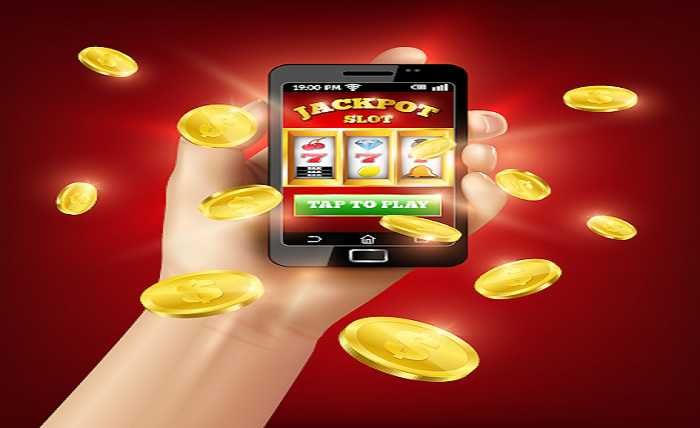Slot machines have come a long way over the years. What began as simple mechanical devices with spinning reels and a lever has transformed into a multi-billion-dollar industry powered by cutting-edge technology. From the classic Liberty Bell machine to today’s high-definition, touch-screen video slots, the evolution of slot games reflects the constant pursuit of innovation in the gaming industry.
One of the most significant shifts in recent years is the fusion of technology with interactive game design—ushering in the era of gamification. By incorporating elements of game mechanics, storytelling, and reward systems traditionally found in video games, developers have breathed new life into slot games. In modern casino gaming, gamification is no longer a novelty but has become a key driver of player engagement and retention.
Understanding Gamification
At its core, gamification refers to the application of game-like elements in non-game contexts to boost user participation, motivation, and enjoyment. In industries ranging from education to fitness apps, gamification uses mechanics such as points, badges, leaderboards, levels, and achievement systems to encourage continued interaction.
The principle behind gamification is simple: Humans are naturally drawn to goals, rewards, and competition. By introducing these elements into everyday activities, businesses can foster deeper engagement and emotional connection. This concept was initially embraced in fields like marketing and app development, but soon made its way into the gaming world, particularly within online platforms.
In the context of casino gaming, especially online slots, gamification has become a powerful tool. It transforms passive experiences into interactive ones, giving players a sense of progress and achievement. Rather than spinning reels endlessly with no overarching goal, players are now motivated by challenges, missions, and reward milestones which turn each session into a more immersive adventure.
The Role of Technology in Advancing Slot Games
The shift from mechanical slot machines to digital platforms laid the groundwork for gamification to flourish. Early slots operated on a simple lever-and-reel mechanism, offering limited outcomes and visual appeal. However, the rise of microprocessors and random number generators (RNGs) in the 1980s revolutionized the industry. Slots became more versatile, allowing developers to experiment with themes, bonus features, and advanced graphics.
With the advent of sophisticated software, slot games evolved from standalone cabinets to fully immersive digital experiences. Today’s slots feature high-definition visuals, intricate animations, and dynamic soundtracks, enhancing the overall sensory experience.
The biggest leap came with the emergence of online and mobile slot games. Powered by HTML5 and mobile-friendly platforms, players can now access a vast library of slots anytime, anywhere. Online casinos and mobile apps expanded the reach of slot games beyond traditional casino floors, attracting new demographics and creating global gaming communities. This technological shift opened the door for more interactive, story-driven, and socially connected gameplay.
The Intersection of Gamification and Slots
So how exactly does gamification blend into slot games? The answer lies in the strategic integration of interactive elements designed to increase player involvement and retention. Modern slot games incorporate gamification through:
- Leveling Systems: Players can unlock new stages, themes, or features as they progress. Much like in a video game, advancing levels gives players a sense of achievement and encourages continued play.
- Storytelling and Thematic Adventures: Many slot games now weave narratives into their gameplay. Players embark on quests, unlock story chapters, or follow character-driven plots, adding a deeper layer of engagement beyond traditional spinning reels.
- In-Game Challenges and Missions: Daily tasks, tournaments, and missions reward players for completing specific objectives. These challenges often grant bonuses, free spins, or special access to exclusive features, making gameplay feel fresh and purposeful.
- Reward Systems and Loyalty Programs: Points, badges, and virtual currencies allow players to earn rewards over time. One standout example is “Gonzo’s Quest”, a slot that revolutionized the genre with its narrative-driven gameplay and unique Avalanche feature, where winning symbols explode, and new ones fall into place. Similarly, “Jammin’ Jars” combines vibrant visuals, combo mechanics, and bonus rounds that mimic video game reward structures.
These gamified experiences tap into the psychology of achievement and curiosity, transforming what was once a repetitive activity into a dynamic form of entertainment. Instead of relying solely on chance, players feel invested in progressing through game content, unlocking features, and mastering challenges.
Final Words
The transformation of slot machines from simple mechanical devices to immersive, gamified digital experiences underscores the profound impact of technology on the gaming industry. Through advanced software, online platforms, and mobile accessibility, slot games have evolved into interactive adventures that captivate players far beyond the traditional casino floor.
Gamification has reshaped the way players engage with slots. By adding layers of storytelling, achievement systems, and interactive challenges, developers have turned slot gaming into a more personalized and rewarding experience. This trend has not only kept the genre relevant but also expanded its appeal to younger, tech-savvy audiences who expect more from their gaming experiences.
You May Also Like :
